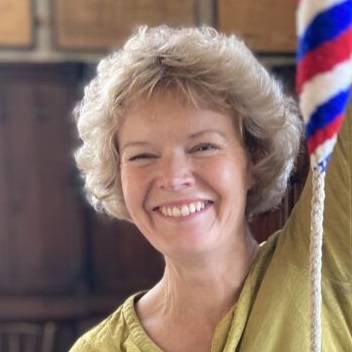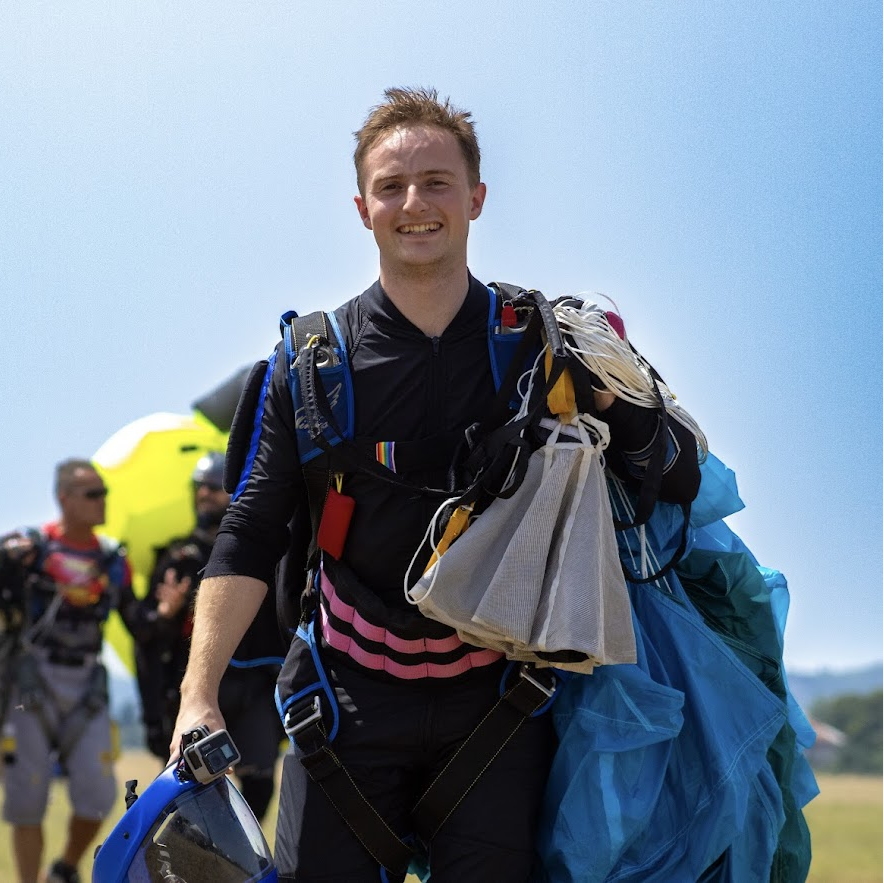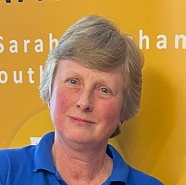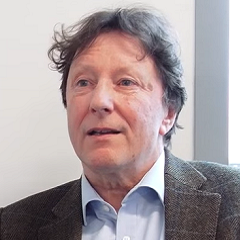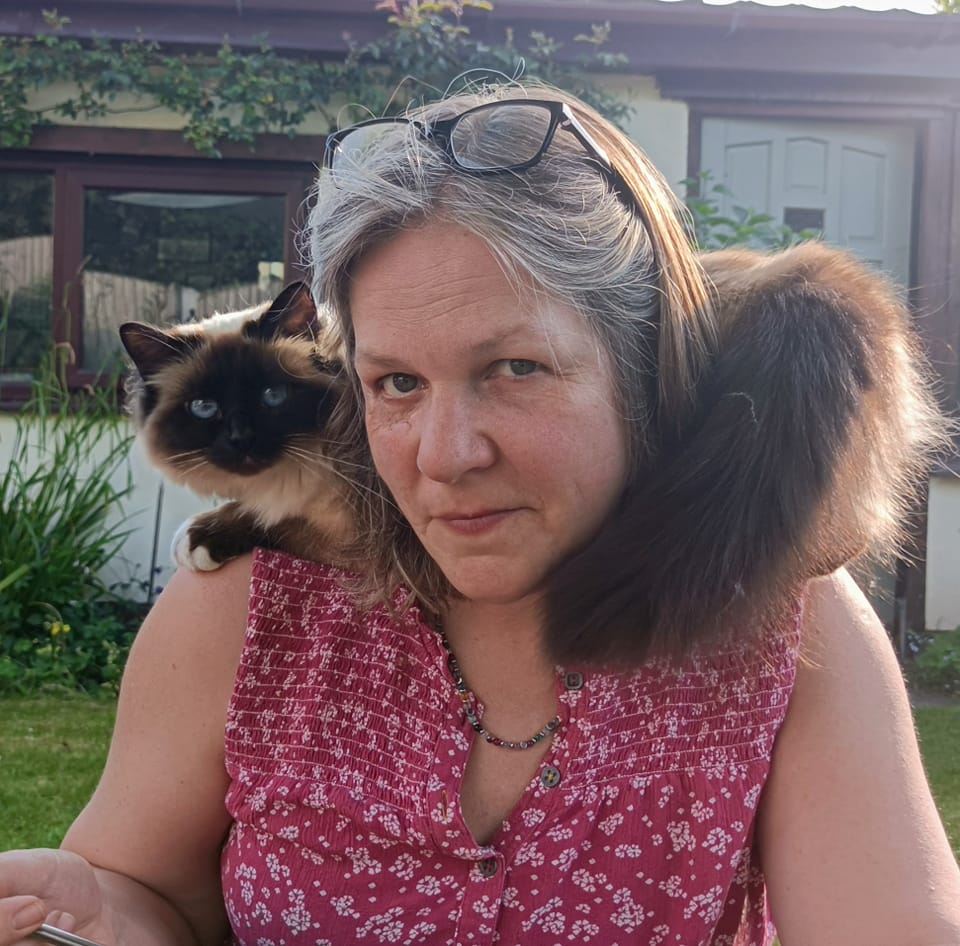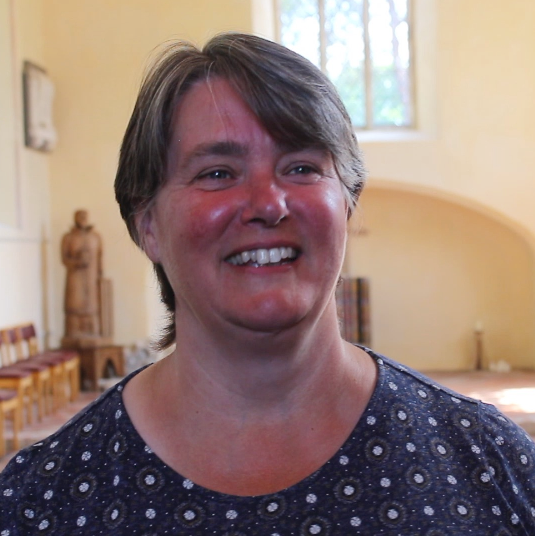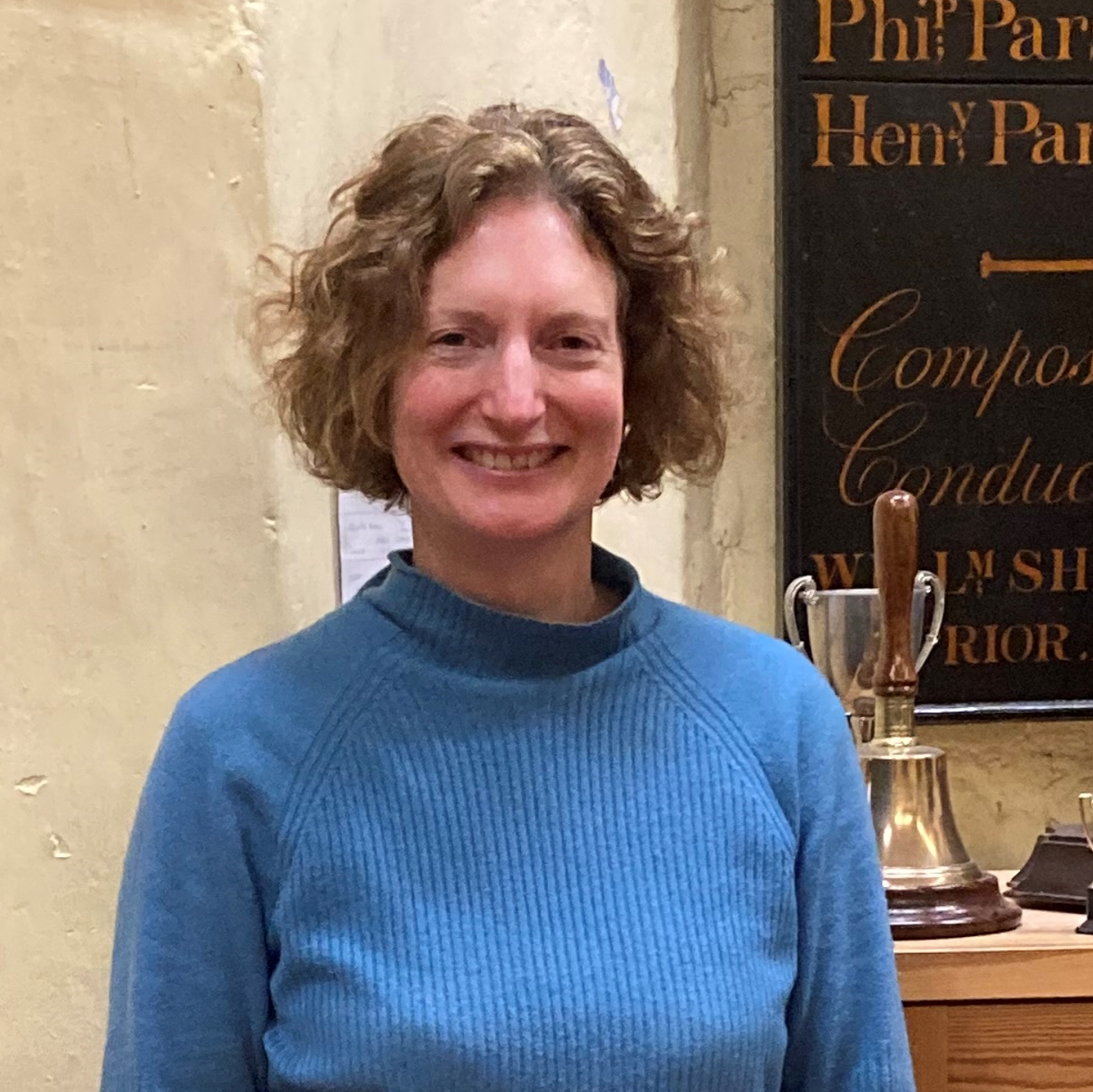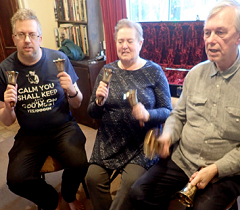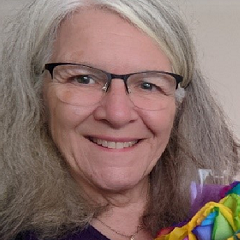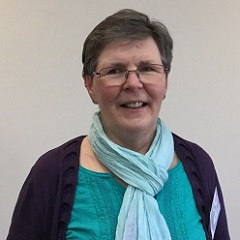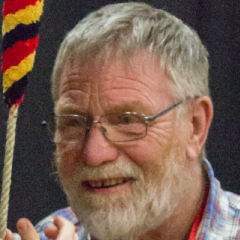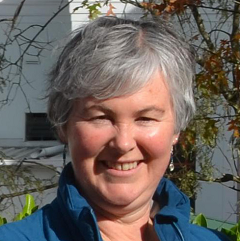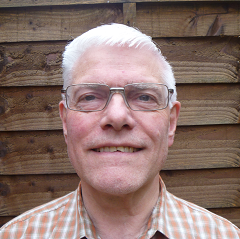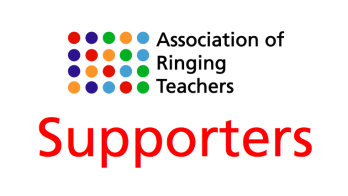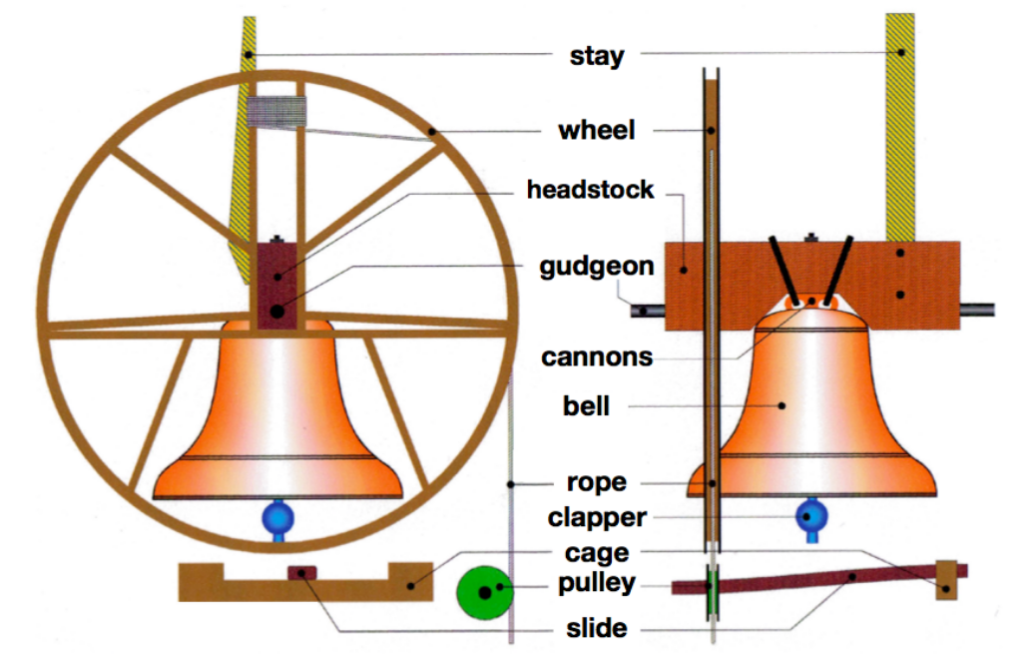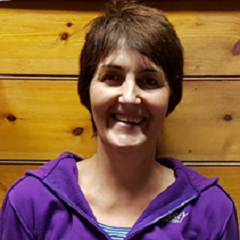On Saturday11th January, a group of intrepid students battled the elements, to make their way to St Margaret’s Church in Reydon, Suffolk with the hope of learning about the first steps in becoming an ART ringing teacher, and hopefully retaining a little. The course was organised by Sue Child who set up the North East Suffolk Ringing Hub and our instructor was David Sparling who had nobly stepped in at the last minute as the scheduled teacher, Lesley Boyle had been struck down with the dreaded lurgy. The day was a pleasing balance of theory and practical session interspersed with much needed coffee and lots of homemade cake supplied by the Ringing Hub.
The student base was an eclectic mix of ringers with experience ranging from two to over twenty years and their reasons for attending the course were varied, from wanting to improve their general technique through having found themselves in a position of being the most experienced person in the tower and being asked to teach others, to being asked to help a new or longer term ringer improve their technique.
‘All’ we were going to cover was safeguarding, basic jargon busting, introduction to the bell and rope, back stroke and hand stroke. Shouldn’t be too difficult. Well, that was a case of famous last words.
First David explained to us how people learn and the necessity for the teacher to ensure that the teaching accommodates the student’s own way of learning. After that the course moved on to explain safe ways of getting people started with the rope, first by simulating the technique on a static rope and then moving on to ‘doing’. We learned how to ensure that hands moved straight up and down, how to ensure they went high enough on the sally and came down low enough before the sally was released. There were basic static rope exercises to embed the technique. David showed us how to get the student confident about touching the bell rope when the bell was moving as well as ringing a bell part up at back stroke and lowering it again, through to back strokes alone and then to hand strokes and then how to help the learner combine the two.
There was some discussion as to the merits of whether to start the learning with the bell up and move straight into back stroke, or raising part way and then lowering again. There were pro’s and con’s for each technique, but it was clear that if working from a standing bell the teacher needed to be an excellent bell handler and very confident about their ability to take control of the bell if necessary. Also the height ratio of the teacher to pupil could be critical, whereas raising part way and lowering again did not present these issues. In addition, given that some of the would-be teachers were still relatively new to ringing, raising and lowering at back stroke might offer a much safer way for them to start a new ringer.
After each theory session we went into the ringing chamber and practised with one trainee being the learner and the other being the tutor. It was much more difficult than one would imagine, possibly for the learner than the teacher. Golly did we all have some bad habits which meant that the trainee teachers got plenty of opportunity to observe and correct.
Observation was critical. Towards the end of the day we were all given a ringing fault to simulate to the group, who had to work out what it was and then suggest corrective exercises for it. The fascinating thing was that there are a small number of key exercises that seem to correct most ringing technique faults. Of course identifying the fault and selecting the correct exercise is a teaching skill that needs to be mastered but by the end of the exercise the group were gaining in confidence as to which one to pick.
One of the main learning points of the day, apart from the practical skills was to break everything down into very small learning bites and exercises. If a fault was noted it needs to be isolated and worked on by itself until the technique is improved and then recombined with the other elements of back stroke and hand stroke. This process is repeated as necessary either if the same fault occurs or a different one which is often the case once one has been dealt with.
Personally, I found the practical really difficult. I became much more aware of my ringing faults and really interestingly, as someone who has been ringing for over 20 years I think I might have been one of the most nervous about physically helping the new ringer if I needed to intervene. I have a feeling that it might be because most of them had learned using the ART method so were more at ease with it and also because they were closer to their first lessons so were aware of the new learner issues and had much more idea where and how a new learner appreciated help from their own teacher.
Altogether it was a fascinating day. I learned heaps and when I went to practice on Monday evening I asked to borrow a redundant rope from the tower so I could bring it home and practice the static rope exercises in order to embed them in my ringing technique and also to build my confidence in being able to teach them to my best ability.
I would recommend this course to anyone who finds themselves in a situation of helping new ringers.


